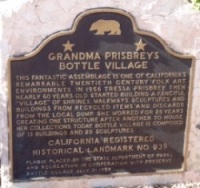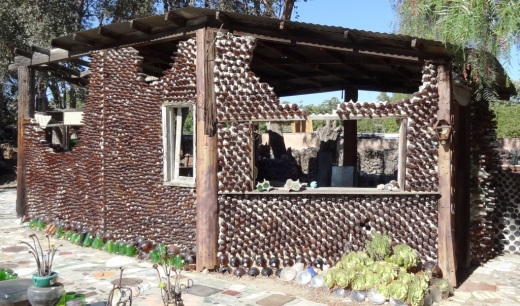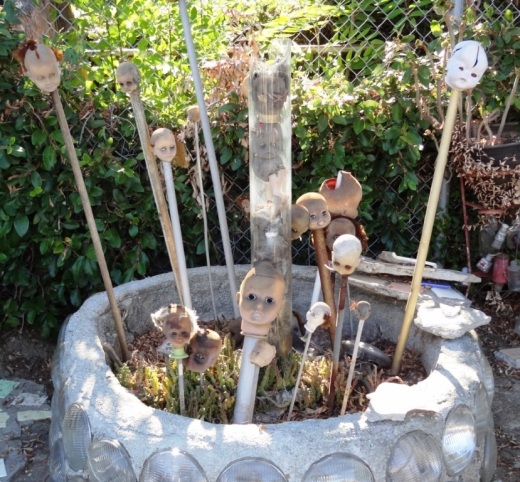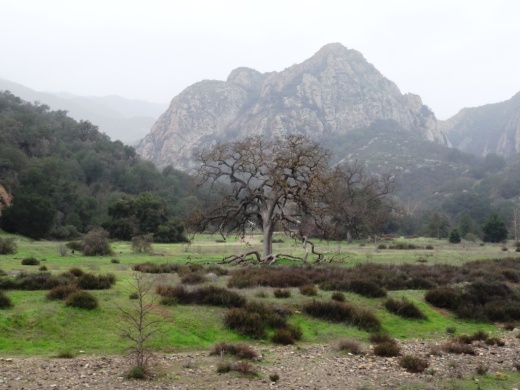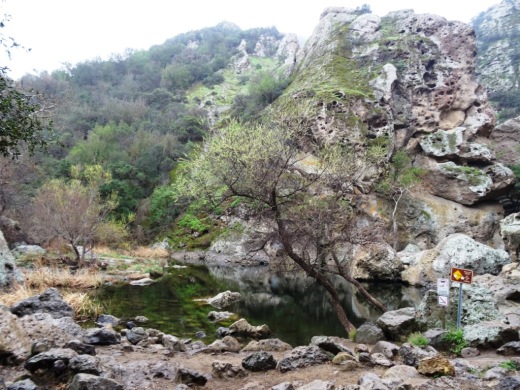How to Be Coyote Aware in the Conejo Valley and Greater Ventura County
/Living in the Conejo Valley, surrounded by thousands of acres of open space, most of us come into contact with coyotes from time to time. Coyotes are a vital component of rural and urban communities, deserving of respect for their adaptability, resilience and intelligence. Below are some tips on coyote awareness, courtesy of Project Coyote.
Facts:
Coyotes are members of the dog family; they are curious, adaptable, and learn quickly.
Coyotes often mate for life, are devoted parents, and are highly communicative (barks, yips, howls).
Coyotes weigh 18-35 pounds in the West.
Coyotes may be more protective of dens/territories during pup rearing (April-Aug).
Coyotes eat large numbers of rodents and rabbits, as well as fruit, vegetation, insects and carrion. They help keep ecosystems vital, healthy and clean.
Coyotes are naturally wary of people but can habituate to our presence and the reliable food sources that we provide.
Safety:
DON’T FEED COYOTES. Their life and your safety depend on coyotes remaining wild and naturally wary of people.
Remove attractants; pick up trash, secure garbage, and feed pets inside. Don’t leave food or pets outside at night.
Walk dogs on leashes, especially during pup rearing season (April-Aug). Pick up your small dog if you see a coyote and don’t let pets roam.
If approached, don’t run. Wave arms, make noise and walk toward the coyote until he retreats. Be “Big, Bad and Loud.”
Avoid areas where coyotes may be denning or feeding/hiding pups.
Appreciate coyotes from a distance. Share this information with family and friends.
Additional information found on the City of Calabasas website at www.cityofcalabasas.com/government/public-works/environmental-igr-division/living-with-coyotes-in-calabasas.





